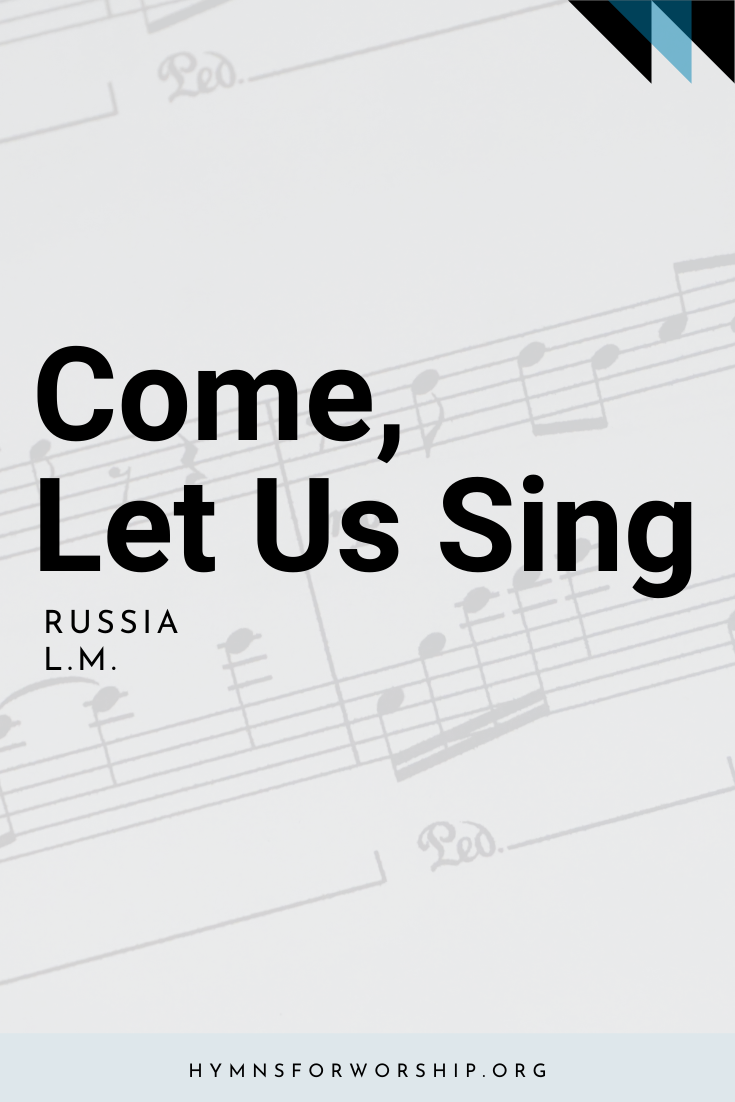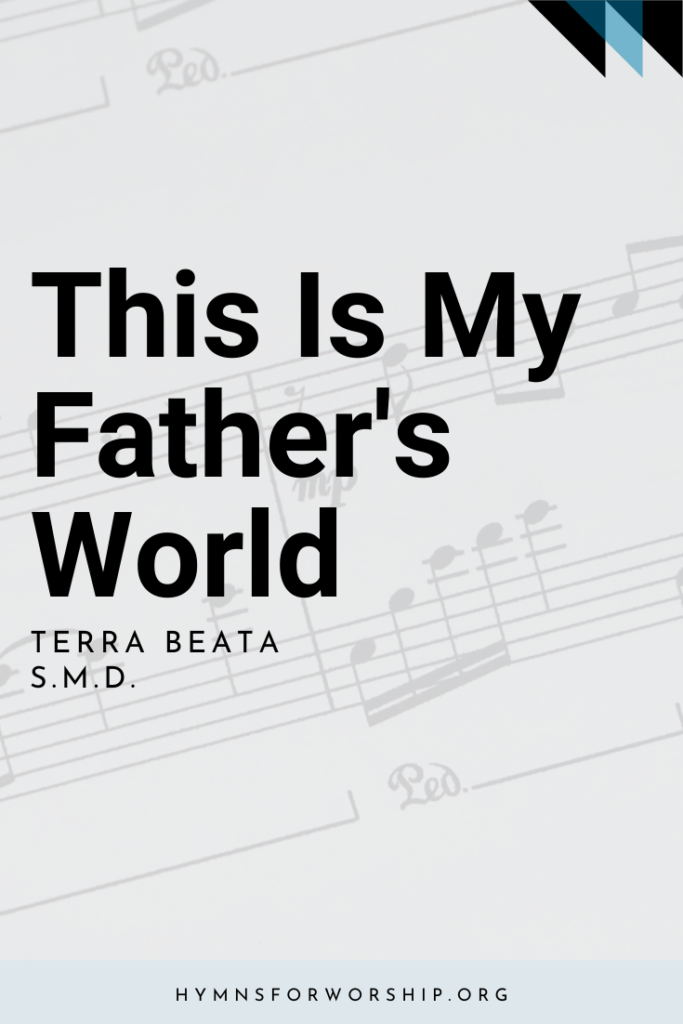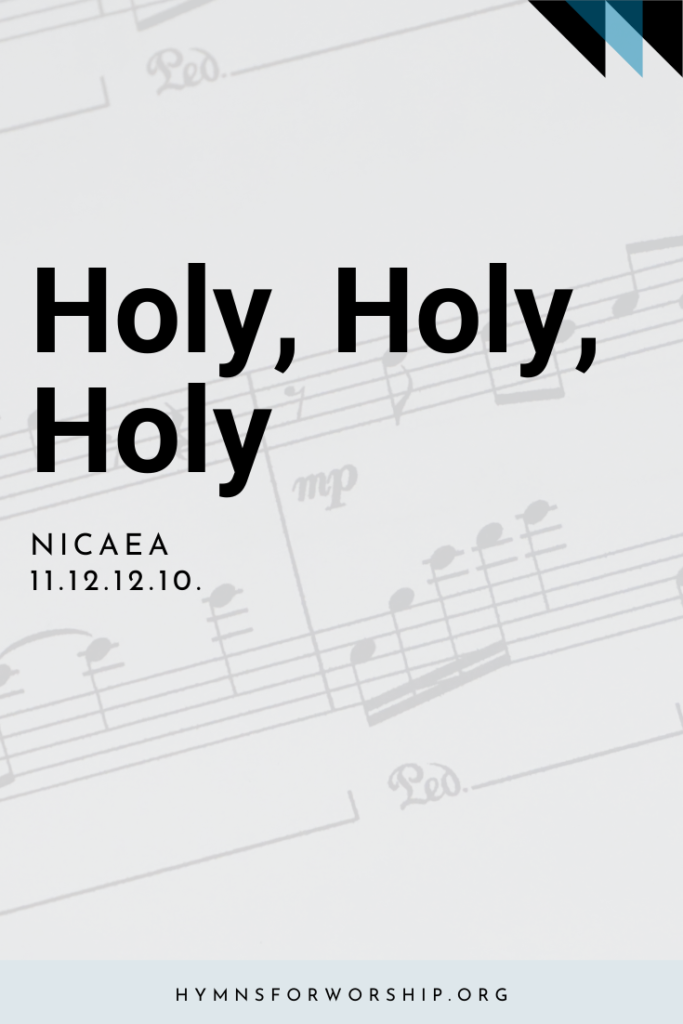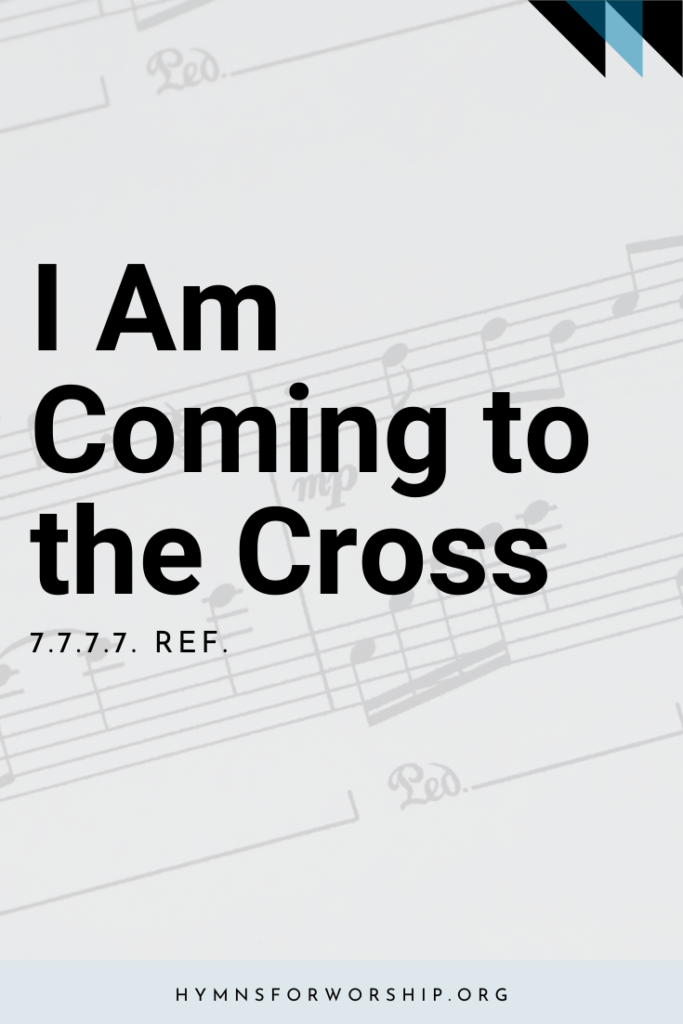JESUS CHRIST >> GLORY & PRAISE
SDAH 252
Come, let us sing the song of songs-
The angels first began the strain-
The homage which to Christ belongs:
“Worthy the Lamb, for He was slain!”
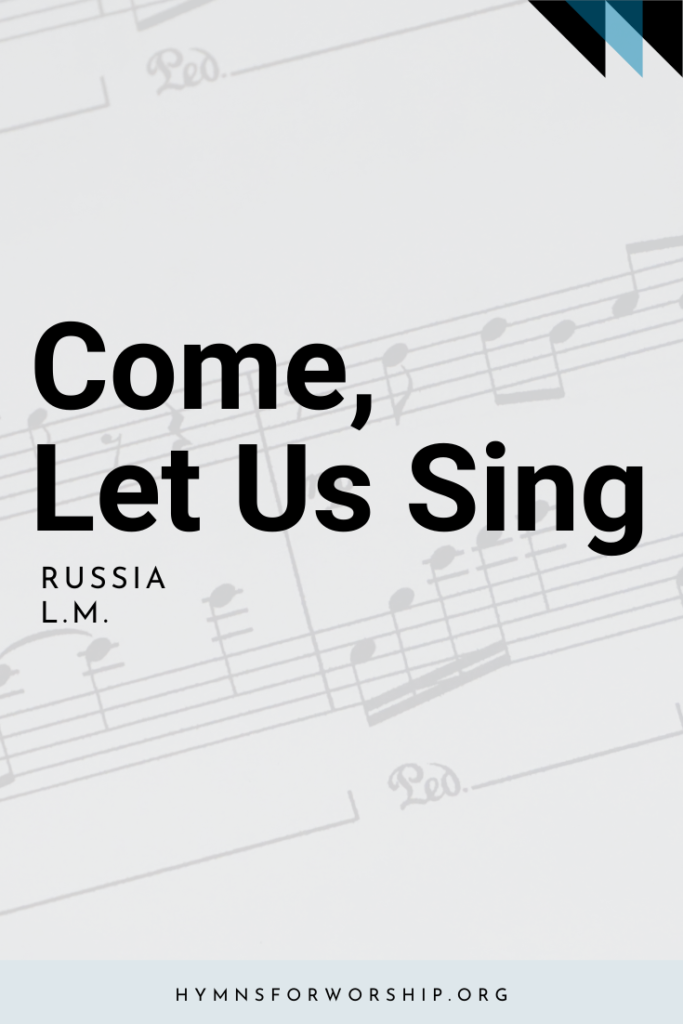

Text
1
Come, let us sing the song of songs-
The angels first began the strain-
The homage which to Christ belongs:
“Worthy the Lamb, for He was slain!”
2
Slain to redeem us by His blood,
To cleanse from every sinful stain,
And make us kings and priests to God:
“Worthy the Lamb, for He was slain!”
3
To Him who suffered on the tree,
Our souls, at His soul’s price, to gain,
Blessing, and praise, and glory be:
“Worthy the Lamb, for He was slain!”
4
To Him, enthroned by filial right
All power in heaven and earth proclaim,
Honor, and majesty, and might:
“Worthy the Lamb, for He was slain!”
5
Long as we live, and when we die,
And while in heaven with Him we reign,
This song our song of songs shall be:
“Worthy the Lamb, for He was slain!”

Hymn Info
Biblical Reference
Rev 5:9-13
Author
James Montgomery (1771-1854)
Year Published
1841
Hymn Tune
RUSSIA
Metrical Number
L.M.
Composer
Adapted from D. Bortnianski (1752-1825)
Year Composed
1825
Alternate Tune
WAREHAM, SDAH 174 and 226
Hymn Score
Piano Accompaniment
Notes
Get to know the hymns a little deeper with the SDA Hymnal Companion. Use our song leader’s notes to engage your congregation in singing with understanding. Even better, involve kids in learning this hymn with our homeschooling materials.
James Montgomery (1771-1854; see Biographies) wrote this hymn in 1841; it was printed in the Sunday School Teacher’s Magazine as one of the “original hymns for the Sheffield Sunday School Union Festival, Whitsunday, May 31, 1841.” It appears as hymn No. 89 in his Original Hymns, with seven stanzas.
The first stanza has been changed because of the original second line, and accordingly the fourth line because of the rhyme; the alternation now makes each stanza end with the fourth line because of the rhyme; the alteration now makes each stanza end with the same attribution of praise to the Lamb. The original was:
Come, let us sing the songs-
The song which saints in glory sing;
The homage which to Christ belongs:
Today let babes and suckling bring.
The Last stanza has also been changed, presumably because of a possible doctrinal misunderstanding. The hymn is a paraphrase of the triumphant heavenly chorus narrated in Revelation 5:9-13.
The tune RUSSIA, or ST. PETERSBURG to avoid confusing it with the former Russian National Anthem or RUSSIAN HYMN (see SDAH 84), is an adaptation of a tune composed in 1825 by Dimitri Stepanovitch Bortnianski. This tune of six lines, where lines 3 and 4 are a repetition of the first two lines, has had lines 3 and 4 omitted, thus becoming a standard Long Meter tune.
Bortnianski was born October 28,1972, in the Ukraine. As a boy he was trained in voice at St. Petersburg (which became Petrograd in 1914 and Leningrad in 1924). Then Catherine the Great had him further trained in Italy, where he stayed until 1779, returning to become director of the Empress Catherine’s choir. He wrote church music for the choir, and also composed operas and pieces for instrumental music. He died on October 10, 1825, at St. Petersburg.

